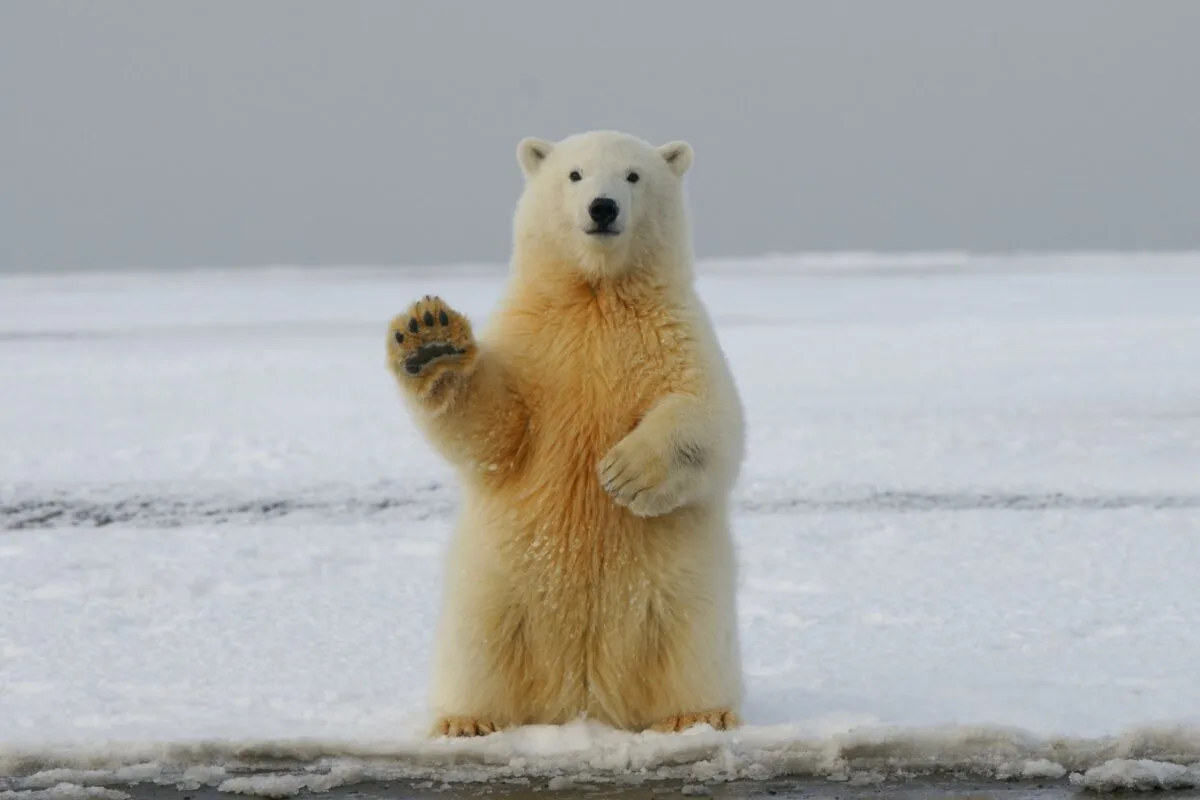Welcome to the wild side! As a wildlife enthusiast, you’re in for a treat. In this article, we will reveal the Arctic Titan – the largest Polar bear on record!
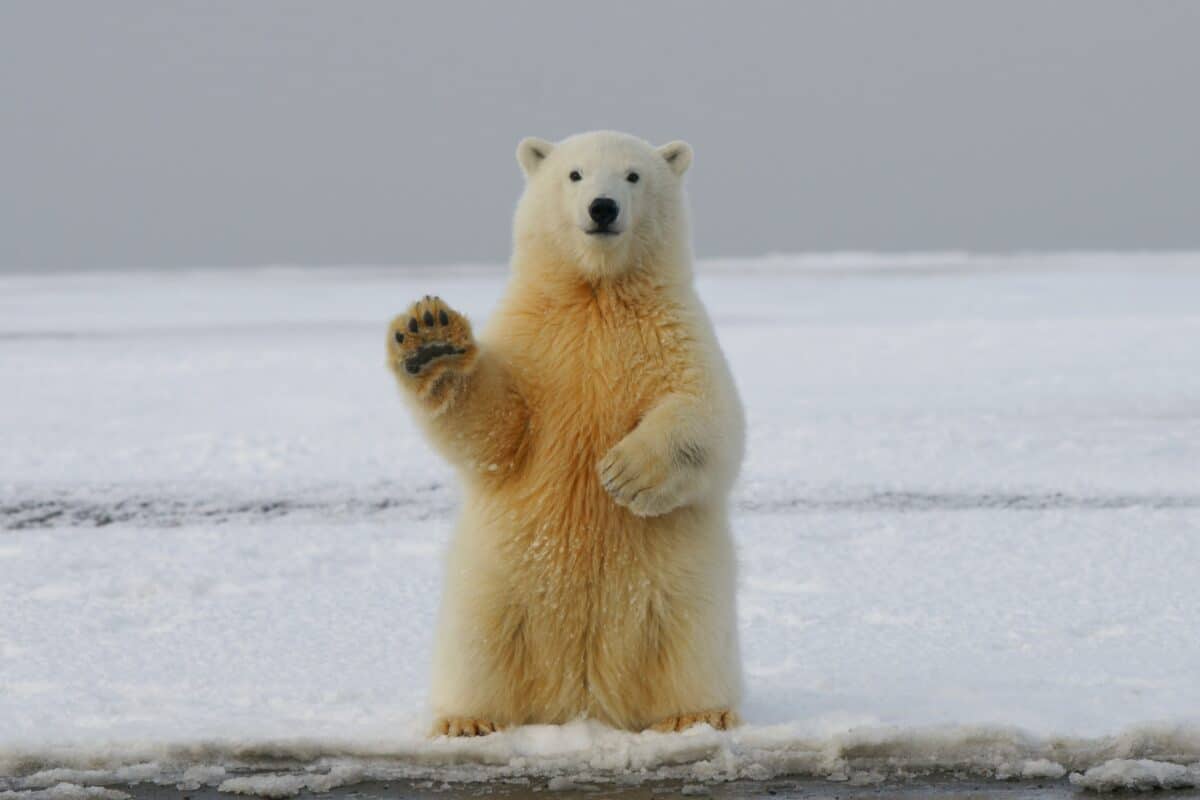
But why stop there? We will also unpack the top 3 most significant bear species in the Arctic. Let’s get into it!
Key Points
- The size of this polar bear is remarkable, weighing over a ton and measuring more than 11 feet long.
- The discovery serves as a vital reminder of the importance of protecting polar bears and their habitats.
- Polar bears face many threats, including climate change, habitat loss, and overhunting.
The Guinness World Record Holder
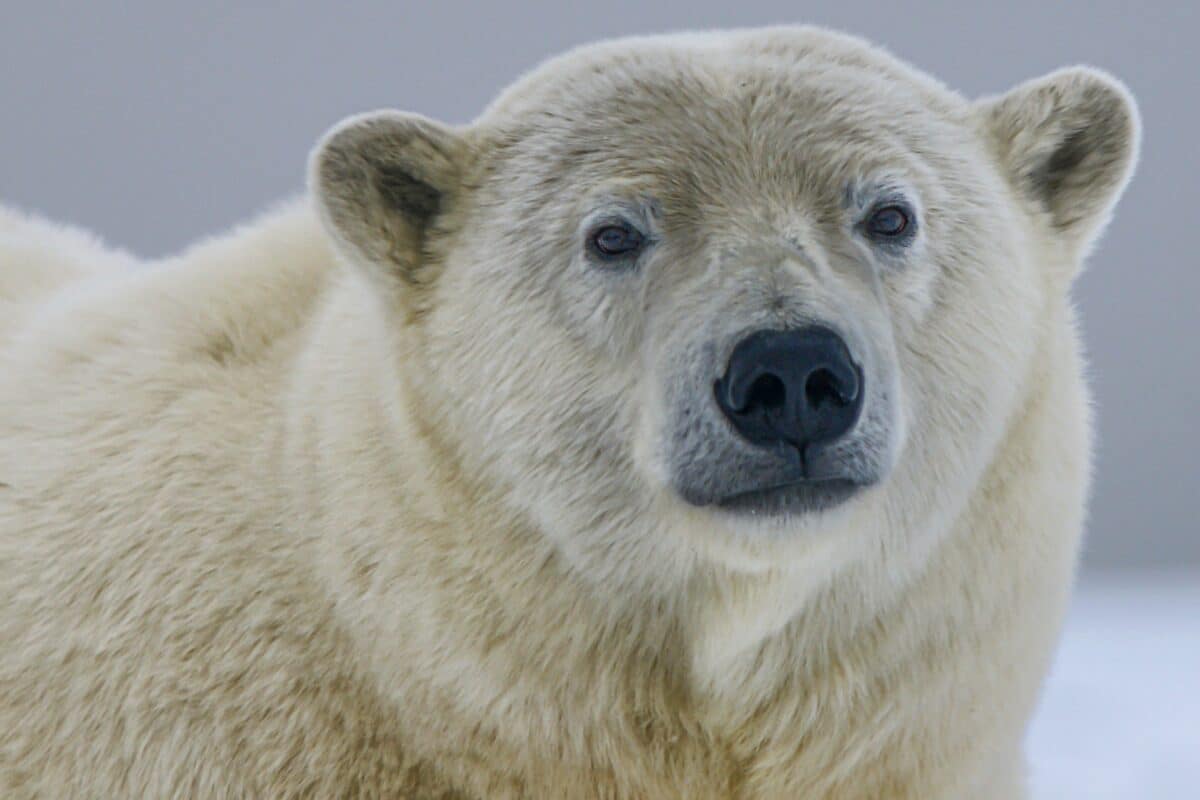
As a wildlife enthusiast, discovering the largest polar bear ever recorded is an awe-inspiring moment that captures the imagination and ignites a passion for these majestic animals. To think that such a massive creature roamed the wilds of Alaska, hunting for seals and navigating the icy waters.
The sheer size of this polar bear is difficult to fathom, weighing over a ton and measuring more than 11 feet long. It’s a testament to the power and strength of these apex predators, who are perfectly adapted to the harsh and unforgiving environment of the Arctic.
For those who love wildlife and are passionate about conservation, this discovery reminds them of the importance of preserving these animals and their habitat. Polar bears face many threats, including climate change, habitat loss, and overhunting. As their numbers decline, it’s more important than ever to work towards protecting these incredible creatures and the environment they call home.
The discovery of the largest polar bear ever recorded symbolizes the majesty and power of nature and a call to action for all of us to do our part in preserving the wonders of the natural world.
The Most Impressive Polar Bears of Recent Times
It’s hard not to be captivated by polar bears’ sheer size and power, especially when encountering some of the most documented specimens. And while the largest polar bear ever seen on film in “Arctic Giants” is truly a wonder to behold, it’s just the tip of the iceberg.
Over the years, researchers and scientists have recorded numerous other colossal bears, each with its unique attributes and adaptations. From the Norwegian bear with a striking yellow-brown coat to the 11-foot giant hailing from Norway, these bears command attention and respect.
Even in human-populated areas like Churchill, where a 1,000-pound polar bear was recently spotted wandering the streets, it’s essential to remember that these animals are still wild and should be treated accordingly.
The most concerning sighting, however, was the Alaskan polar bear crossing a melting ice sheet in 2020. This bear’s plight underlines the devastating impact of climate change on polar bears and their habitats, reminding us that we must work tirelessly to protect these magnificent creatures and the environment they depend on.
Meet the Biggest Bear Species of the Arctic.
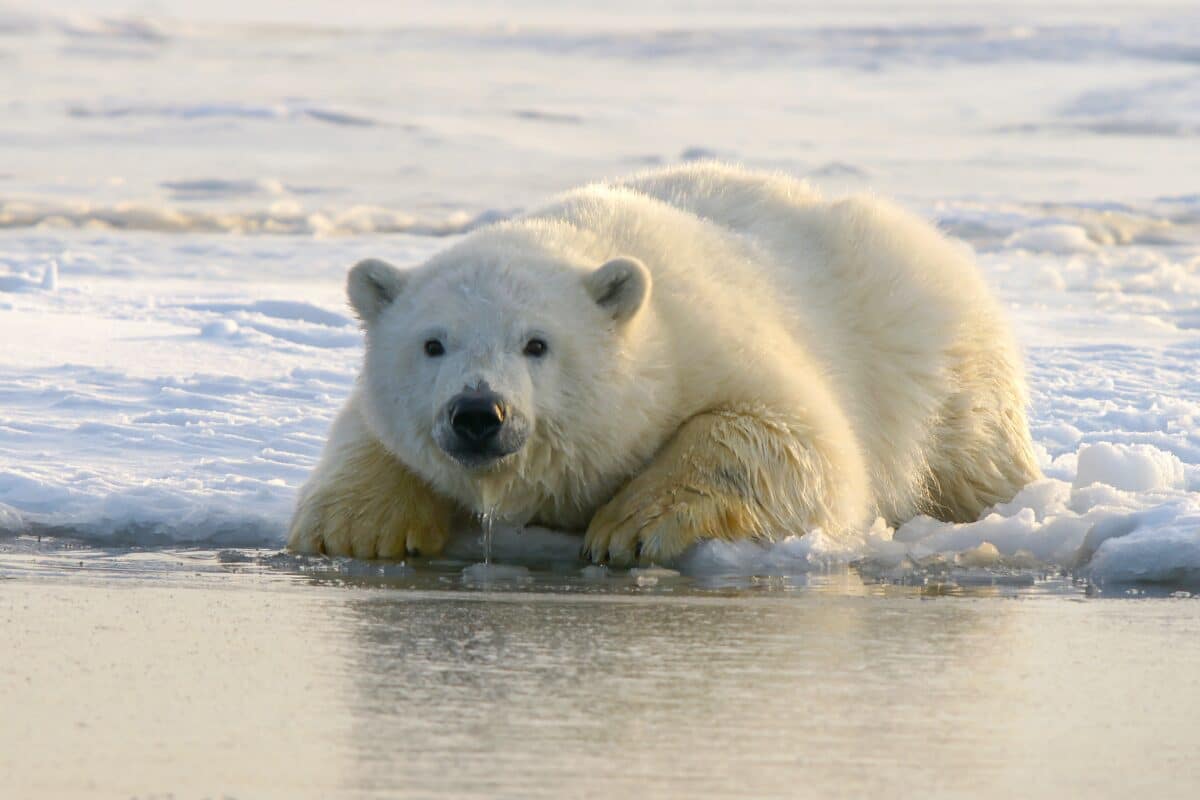
These magnificent creatures are a true testament to the power and resilience of nature. So, come along on this journey as we explore the fascinating world of the Arctic’s biggest bears. Let’s get to know them a little better!
The Kane Basin Bear
The Kane Basin Bear, also known as the High Arctic polar bear, is a unique subpopulation of polar bears found in the Kane Basin region of the Arctic. This region is between Ellesmere Island in Canada and Greenland, known for its frigid temperatures and vast expanses of sea ice.
Its relatively small size and different genetic makeup make the Kane Basin Bear distinct from other polar bear populations. These bears are typically smaller than other polar bear populations, with males weighing around 350-400 kg (770-880 lb) and females weighing approximately 150-250 kg (330-550 lb). Additionally, their genetic makeup is distinct from other polar bear populations due to their isolation in the High Arctic.
The Kane Basin Bear faces numerous threats, including climate change, hunting, and potential oil and gas development in their habitat. In recent years, sea ice loss due to climate change has made it increasingly difficult for these bears to hunt for their primary food source, ringed and bearded seals. This has led to a decline in their population, and they are now considered a vulnerable subpopulation.
Efforts to protect and conserve the Kane Basin Bear are in process. International agreements have been put in place to limit hunting. In addition to this, research is being conducted to understand their biology and habitat needs better. By working together to address these threats, we can help ensure that this unique and remarkable subpopulation of polar bears thrives for generations to come.
The Svalbard Bear
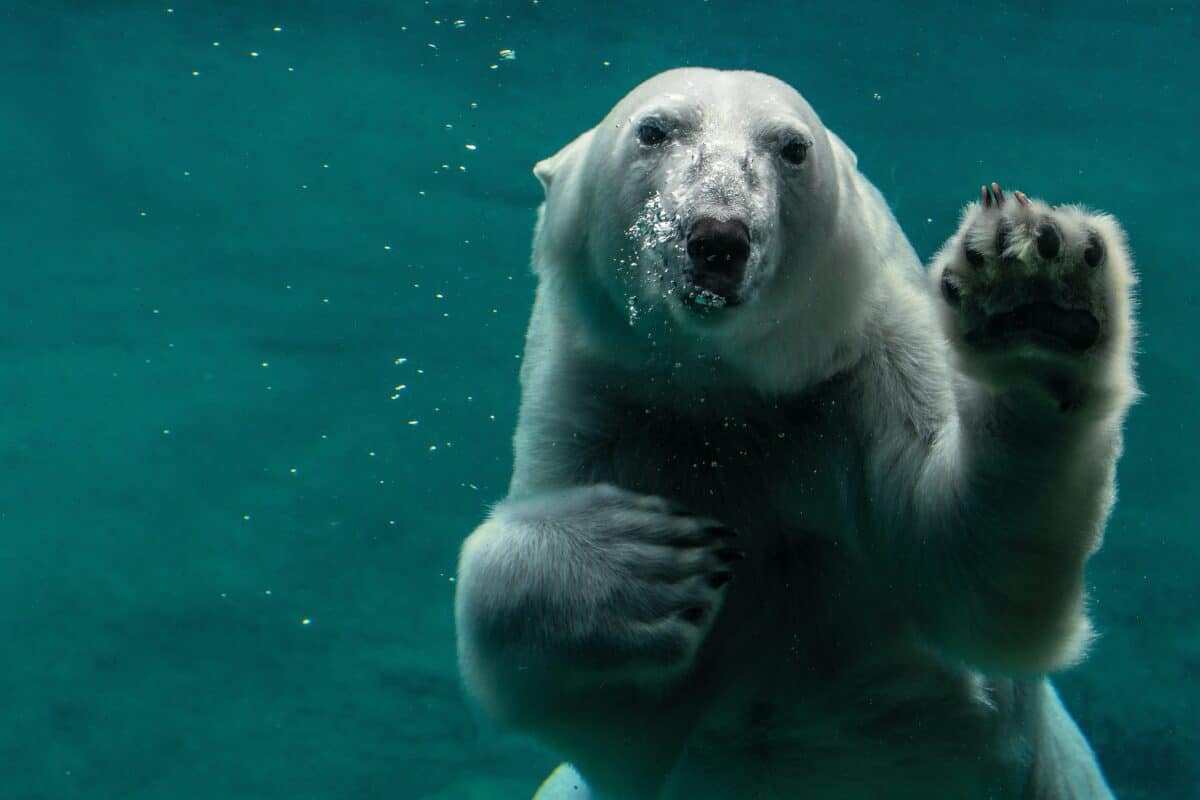
The Svalbard Bear is a fascinating subpopulation of polar bears that captures the imagination and inspires awe. This unique subpopulation is found exclusively in the Svalbard archipelago in Norway, between mainland Norway and the North Pole in the Arctic Ocean.
The Svalbard Bear’s behavior and adaptation to the extreme Arctic environment make it unique. These bears have learned to survive in one of the harshest environments, with temperatures regularly dropping to -30°C (-22°F) in winter. They are also excellent swimmers who traverse long distances in the water to hunt for seals, their primary food source.
The Svalbard Bear is also known for its distinctive appearance: its thick, white fur coat and black skin. They are typically larger than other polar bear subpopulations. With adult males weighing 400-600 kg (880-1,320 lb) and adult females weighing 200-300 kg (440-660 lb).
Despite their impressive adaptations, the Svalbard Bear faces numerous threats, including climate change, habitat loss, and pollution. As sea ice shrinks, it becomes increasingly difficult for these bears to hunt for food. Which has led to malnutrition and a population decline.
Efforts are being made to protect and conserve the Svalbard Bear, including limiting hunting and implementing regulations to protect their habitat. The Norwegian government also works closely with local communities and researchers to monitor the population and better understand their needs.
The Wrangel Island Bear
The Wrangel Island Bear is a subpopulation of polar bears that is particularly fascinating due to its unique history and adaptation to the Arctic environment. These bears are found exclusively on Wrangel Island. This is a remote and isolated location in the Arctic Ocean off the coast of northeastern Russia.
Its unique genetic makeup distinguishes the Wrangel Island Bear from other polar bear subpopulations. The polar bears on Wrangel Island became isolated from other polar bear populations around 12,000 years ago. Leading to genetic drift and the development of distinctive physical and behavioral traits.
One of the most notable characteristics of the Wrangel Island Bear is its smaller size. With adult males weighing around 350-450 kg (770-990 lb) and adult females weighing approximately 150-250 kg (330-550 lb). They also have a thicker and more woolly fur coats, which helps them to survive in the harsh Arctic environment.
The Wrangel Island Bear has faced numerous challenges throughout its history, including periods of isolation, inbreeding, and hunting by humans. However, conservation efforts have been put in place to protect the population. Including limits on hunting and research to understand their needs better.
The Bottomline
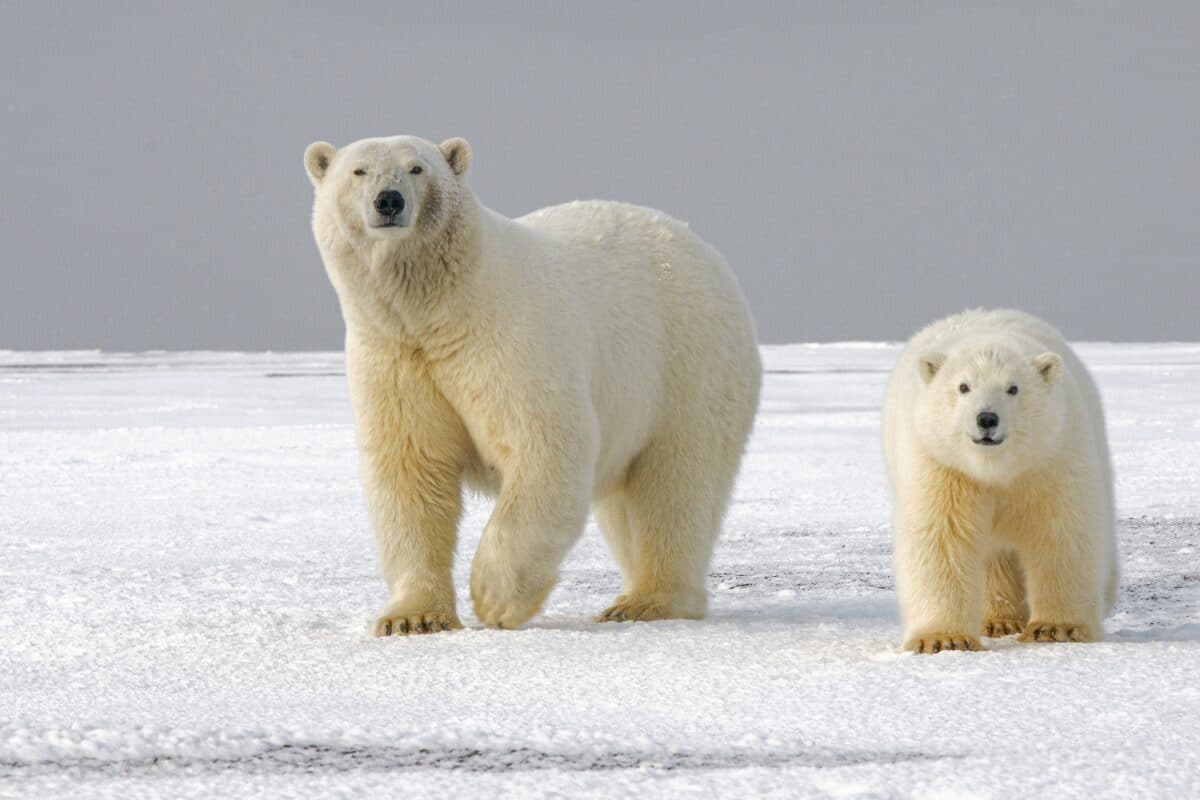
In conclusion, the discovery of the Arctic Titan, the largest polar bear on record, is a reminder of the majesty and power of nature and the importance of protecting these animals and their habitats.
As polar bears face numerous threats, including climate change, habitat loss, and overhunting. It is crucial to work towards preserving these creatures and the environment they call home.
Along with the Arctic Titan, the Kane Basin Bear and the Svalbard Bear are two of the most impressive bear species in the Arctic. Each with its unique attributes and adaptations.
By working together to address these threats and protect these remarkable animals. We can ensure that they thrive for generations to come.
Thank you for following along with this article!
Next up in the animal-news world:
- Otterly Amazing: Tilly’s Aquatic Lessons for Her Pup
- New Pelican Chicks Take Flight in Basel After 20 Years
- Wildlife Showdown: Tiger and Crocodile Clash Over Prey
- Lord of the Rings Inspires New Butterfly Genus Named “Saurona”
- The Record-Breaking Size of the Largest Orca Whale
- Meet Frosty: The Leucistic Orca Calf
- The Largest Whale Shark Ever Recorded – 47,000 Pounds
- The Tail of the “Man-Eater of Mfuwe”
- Mass Deaths of Dolphins in the Black Sea Linked to the Russians
- Pregnant Hammerhead Shark Washes Ashore in Alabama
- 2,000 Endangered Rhinos to the Highest Bidder
Join our Forum for free today!

- 400-Pound Therapy Llamas named Beni and Prince Ease Travelers’ Stress at Portland International Airport - July 22, 2024
- Woman Captured Howling with Gigantic White Wolf in Beautiful Footage - July 22, 2024
- Florida Police Urge Public to Stop Taking Selfies with ‘Depressed’ Black Bear off Highway 98 in Santa Rosa Beach - July 22, 2024

